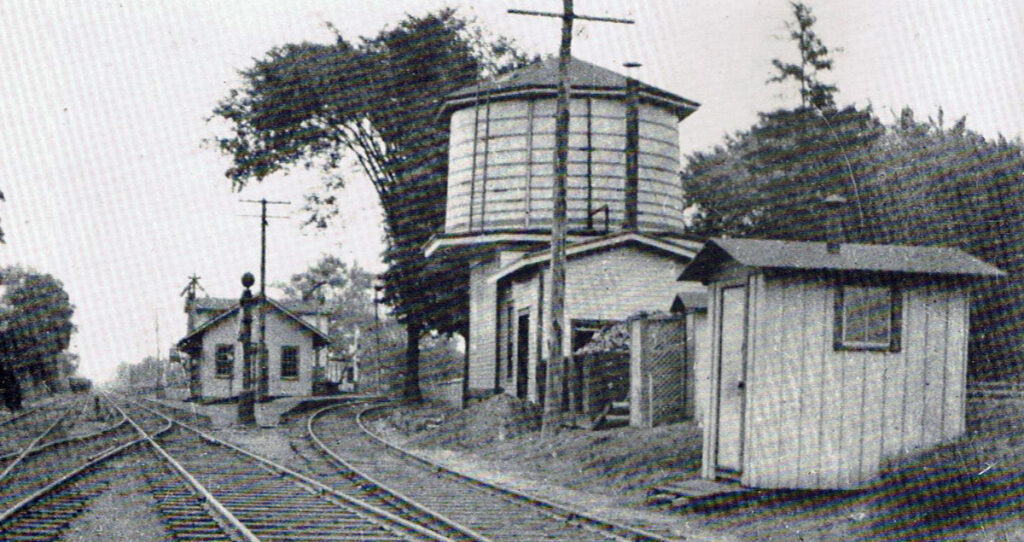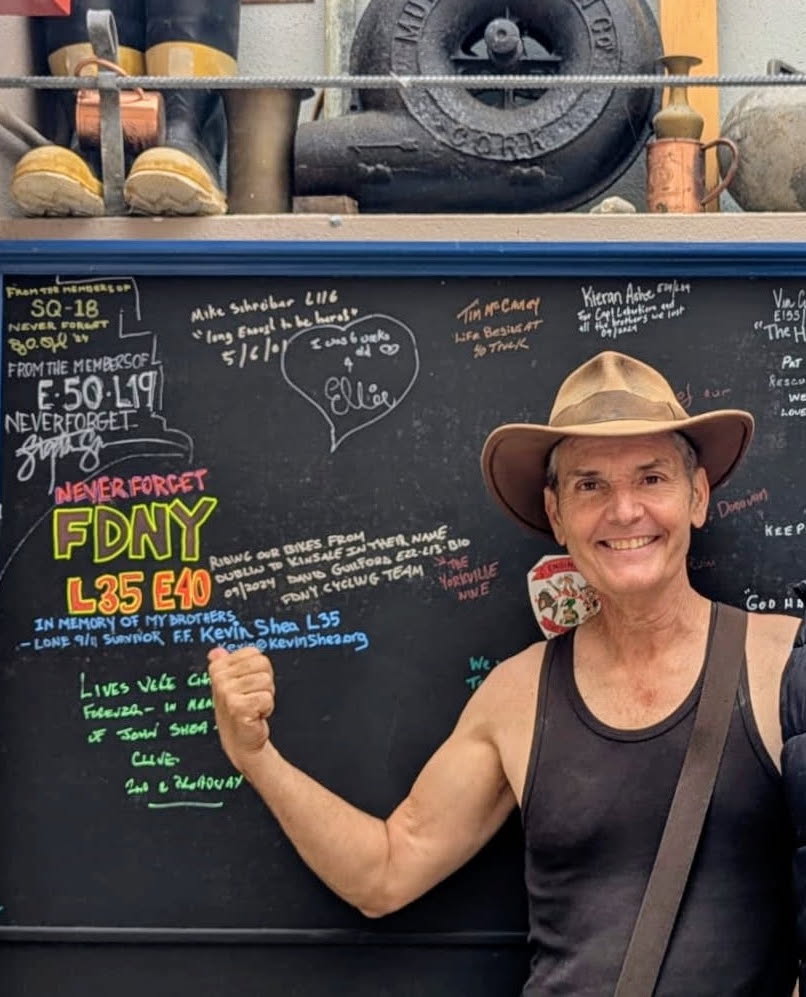Grand Central Madison alters LIRR train times, disrupting North Forkers’ commutes

“No matter where or when you ride, your trip has changed.”
This is one of the many messages the Metropolitan Transit Authority issued on its website in the lead-up to the grand opening of Grand Central Madison, the Long Island Rail Road’s brand new station beneath Grand Central Terminal, located approximately five blocks east of Pennsylvania Station, on Feb. 27.
“We’ve opened a new Manhattan terminal for the first time in a century,” the message continues, “and we have completely rewritten the schedule for the riders of today and tomorrow.”
This includes the riders on the North Fork, whose only rail option is still the antiquated diesel locomotive that runs the final few eastern stops on the LIRR’s heavily used Ronkonkoma line through to Greenport.
Even before the LIRR train schedule was reconfigured to split trains between Penn Station and the new Grand Central terminal, North Forkers resented the limited number of trains at their end of the line. Many residents say the new timetable is frustrating, with trains running at inconvenient times.
After a week’s work as a fine arts appraiser at Christie’s Auction House in Rockefeller Center, Anne Hargrave typically comes home to family in Jamesport on Friday evenings. She used to take the 5:41 p.m. train from Penn Station to Ronkonkoma, then transfer to a 7:03 diesel train to either Riverhead or Mattituck. But now, the final train out of Penn that connects to the Greenport end of the line departs from Penn at 5:04 p.m.
“Even leaving at 5:41 p.m., that was too early for a normal workday in New York City,” Ms. Hargrave said. “But with it leaving at 5:04 p.m., it’s just preposterous.
“I would have to effectively leave my office no later than 4:20 p.m. to make that,” she continued. “You’re leaving with two hours left in the workday in that case. It’s crazy, and I’d love to know what worker they’re picturing using this train with that new timetable.”
Ms. Hargrave, who does not own a car of her own, opts to take a Hampton Jitney bus into the city on Sunday evenings or Monday mornings, as she described catching one of very few trains near her as “inconvenient.” Many North Forkers with cars would agree, instead opting to drive to Ronkonkoma to catch a train.
Up until last week, the trains available to them from Ronkonkoma to Penn were plentiful.
“Weekday rush hour service to Manhattan has increased on many branches, but will be split between Penn Station and Grand Central,” the MTA’s website reads. “On many branches, there are fewer trains to Penn Station than we’re running today. Nearly half of our riders travel to the east side of Manhattan and are better served by using Grand Central.”
John Tuthill, a bond broker in the city’s financial district, has commuted by rail for more than three decades. Until last week, he drove from his Orient residence to Ronkonkoma to catch either a 5:29 or a 5:42 a.m. train to Penn Station. He hoped trains would alternate evenly between the two Manhattan LIRR stations, but learned the Ronkonkoma trains that head to Penn closest to his previous schedule are an hour apart: one too early at 5:13 a.m. and one too late at 6:13 a.m. In between are three Grand Central-bound trains.
Since the new schedule took effect, Mr. Tuthill has been choosing the middle of the three Grand Central options at 5:42 a.m. while occasionally trying different options. Some days he rode trains straight to the Grand Central Madison station, but said they arrived several minutes late. He added that the 714,000-square-foot terminal takes significantly longer to navigate to take a subway downtown. Last Thursday, he transferred from a train heading for Grand Central to one bound for Penn at Brentwood. Although he still arrived late for work, he considers this his best option for now.
On Tuesday, he tried to transfer to Penn at Jamaica Station, which presented its own set of problems. Familiar transfers to Brooklyn are now several tracks apart, and trains no longer wait to connect with one another, causing confusion and more crowding on platforms. Mr. Tuthill said it was the first and last time he would attempt that “stressful” transfer.
“We’re getting into Jamaica it seems somewhere on time, but there’s so many trains on the tracks and for whatever reason we’re just crawling from Jamaica into Grand Central,” he said. “I feel a tremendous amount of people still want to get to Penn Station, because the trains to Penn Station are mobbed, they are absolutely overflowing with people. The trains to Grand Central are empty.
“They got a new toy, a new project, and they’re trying to really make it work,” Mr. Tuthill added. “To me, they’ve got to get the kinks out, they’ve got to get it moving faster because that time schedule, it’s an arrival time that’s consistently 10 or 15 minutes late.”
In a statement, LIRR interim president Catherine Rinaldi said the MTA is monitoring these and other complaints that have come in since Grand Central Madison opened.
“We really took to heart some of the complaints that we were hearing from our customers last week and tried to develop a plan to be able to address those issues,” Ms. Rinaldi’s statement reads. “To address crowding, we are reviewing ridership data train by train, car by car so we can see which trains are crowded and make adjustments. It’s a dynamic process and over the coming weeks and months people will figure out what works best for them. We’re not waiting, as we see things that are kind of jumping off the page we address them. Our customers deserve a good experience and we’re committed to give it to them.”
The MTA said that the changes could be beneficial for some Long Islanders, estimating that 45% of LIRR commuters would choose Grand Central Madison. The agency also projected that riders who work on the East Side of Manhattan would shave up to 40 minutes off their commute.
The new station is part of the $11 billion East Side Access project, the MTA’s largest capital project to date. In addition to the new station beneath Grand Central, the project will boast 40 miles of new tracks for the LIRR upon completion.
As these changes have frustrated city-bound commuters, those working on the East End are still left with few options. Andrea Stewart of Riverhead, who works as a certified nursing assistant at San Simeon by the Sound in Greenport, takes the bus to work as it runs more frequently. When she attempted to take a train from Riverhead to Ronkonkoma last week, the changes to the schedule caused her to miss the usual train.
“It was 10:38 a.m. before, now it’s 10:05 a.m.,” she said. “I had a doctor appointment in Ronkonkoma. I stuck to the [old] schedule, and when I got here I realized something had changed and I had to cancel my appointment.” The next train wouldn’t be for another 4 1/2 hours.
On weekends, only two trains run daily from Greenport to Ronkonkoma, at 11:54 a.m. and 4:54 p.m. Likewise, only two trains run from Ronkonkoma to Greenport, at 9:27 a.m. and 2:27 p.m.
The Ronkonkoma to Greenport leg of the Ronkonkoma line has seen few riders in recent years, according to agency figures. In 2019, this segment saw an average of 220 daily riders. After the pandemic, during which ridership decreased across the board, this figure decreased to 200.
But local residents believe ridership would increase if they had more options.
“The train is not running for the convenience of people who take the train,” Ms. Stewart said. “Because if the train was running more frequently from here to Ronkonkoma where I could catch a train to go to the city, maybe I would go to the city more often to do shopping.”









